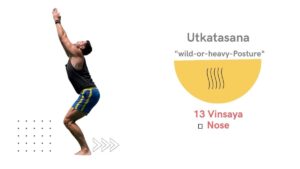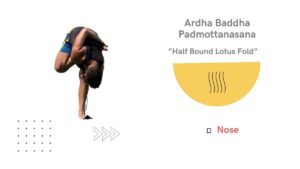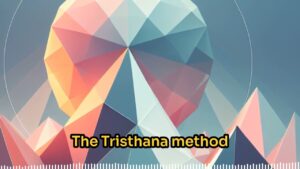Spiritual Rot Caused By Siloing and Wealth (and how to avoid it)
In his compelling article, “Plutocrat Archipelagos” in MacGuffin Magazine, Jack Self offers an unflinching look into the secluded, fortified worlds of the ultra-wealthy. Through vivid descriptions of razor-wire fences, bodyguards, and gated communities, Self explores how these enclaves of extreme wealth serve as both physical and psychological fortresses, isolating their residents from the societal and environmental impacts of their wealth. The article dives into the unique, often paradoxical psychological profiles of those born into vast fortunes—highlighting how isolation, privilege, and a lack of consequence lead to existential crises and detachment from reality. Self’s reflections reveal not only the insular lives of the ultra-rich but also prompt questions about the cultural values that drive such isolation, inviting readers to consider how this separation impacts society at…









